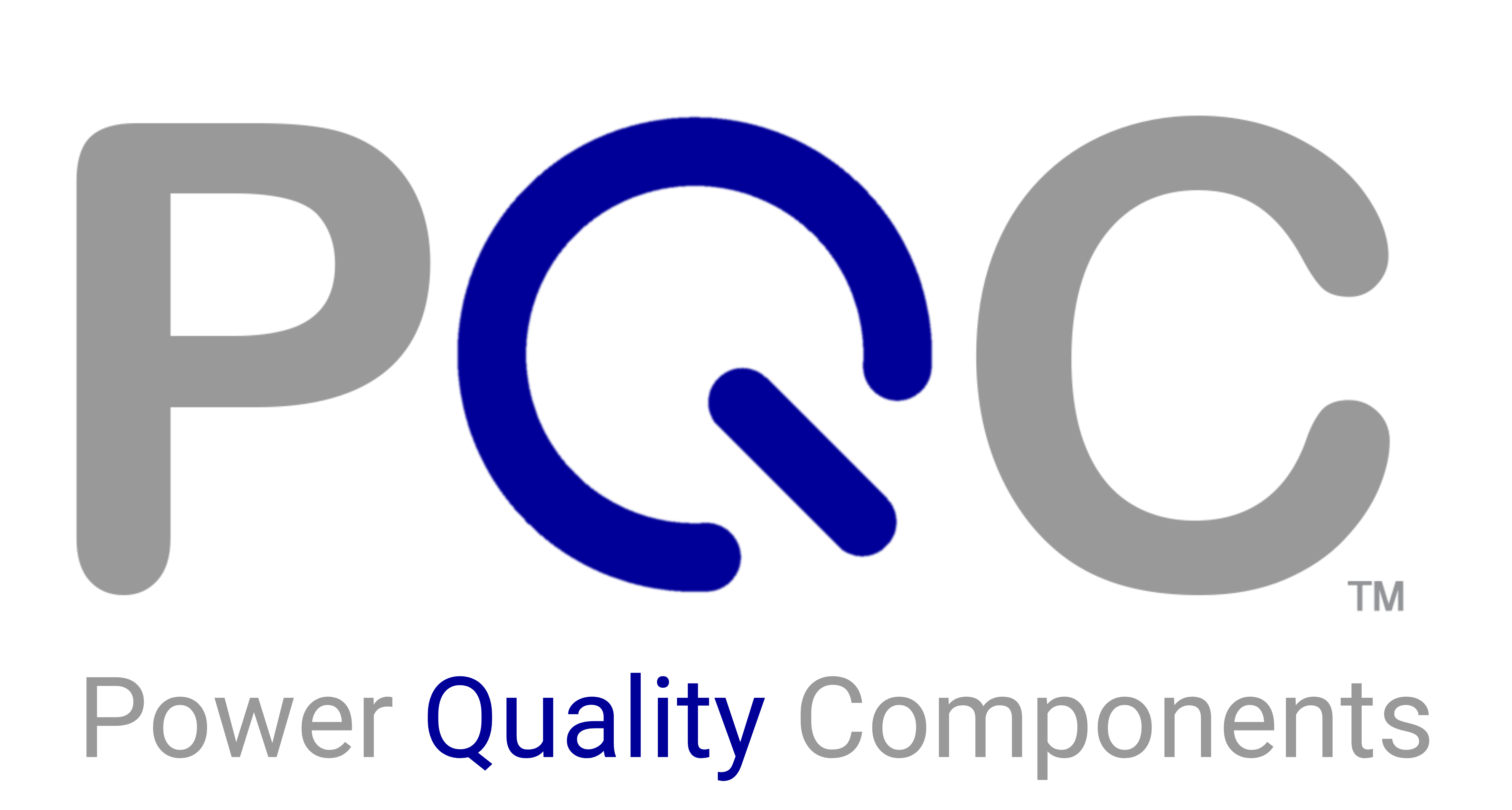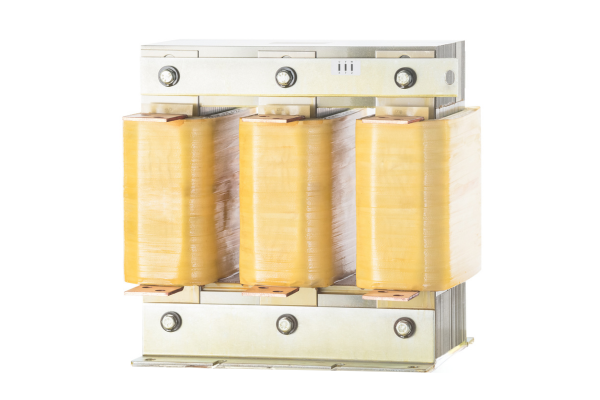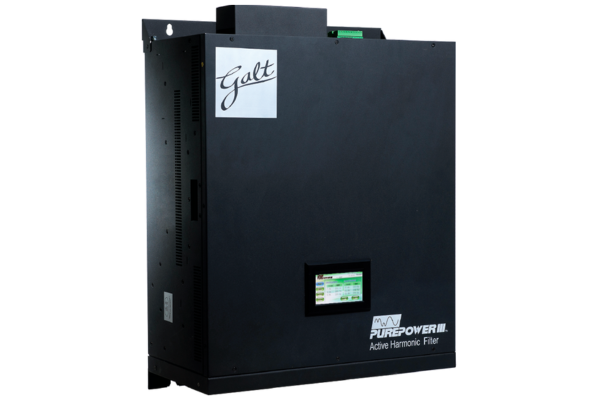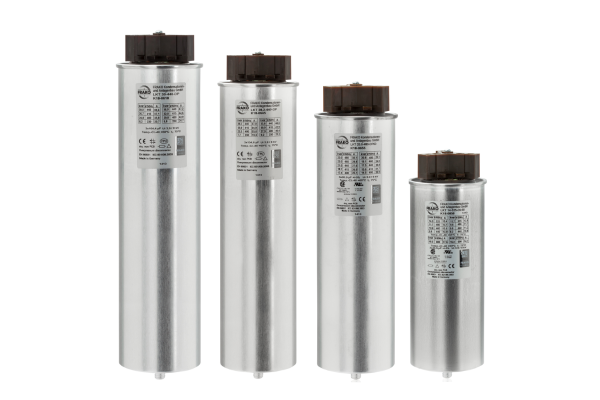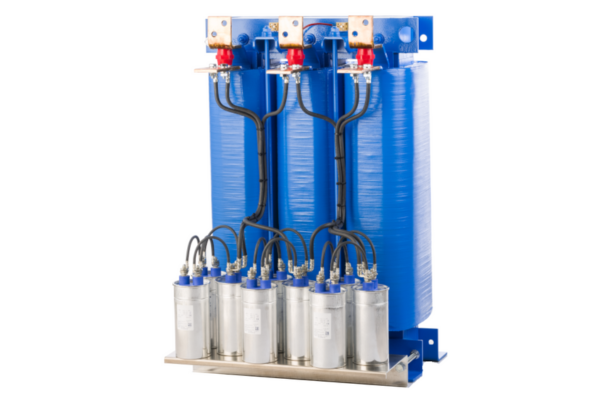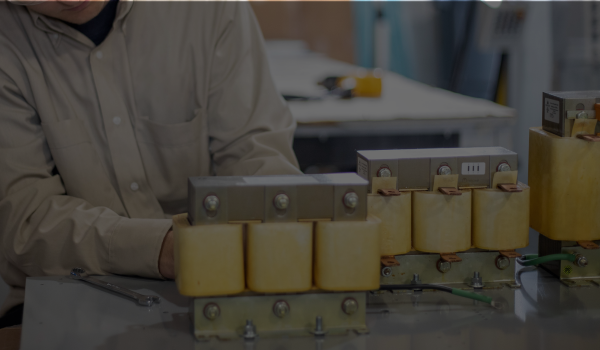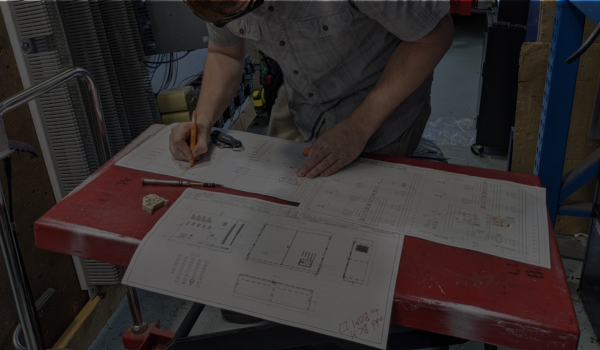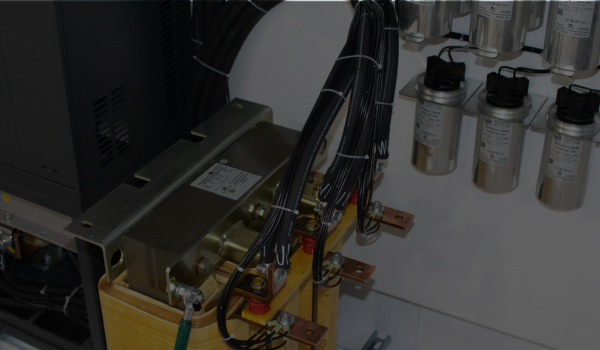Frequently Asked Questions
Why focus on power quality?
Power quality is important for achieving proper performance and life expectancy of electrical and electronic equipment. Power quality is a comparison of the measured voltage and current magnitudes and harmonic distortion with respect to a reference. Good power quality refers to voltage and current waveforms that are purely (or near pure) sinusoidal, within specified and acceptable limits of magnitude, and being without disturbances.
What is PQC?
PQC is an acronym that stands for Power Quality Components.
PQC is the exclusive US stocking partner for Mangoldt and FRAKO.
What is a Mangoldt PolyGap® core and why does it perform better than other reactors?
Mangoldt PolyGap® cores are constructed using many tiny air gaps as opposed to cores with a single or only a few air gaps. The use of many tiny air gaps (PolyGap®) virtually eliminates stray magnetic fields emanating from the air gaps that cause circulating currents in the coil windings. PolyGap® reduces heat losses and audible noise associated with harmonics. Mangoldt line/load reactors are constructed using PolyGap® core technology except where small reactor size is a limiting factor.
Reactors with PolyGap® construction offer Inductance that is balanced in all three phases. With a tolerance of -/+ 3% of the reactor rated inductance in all three phases. Consistent filtering is achieved in all three phases and equivalent voltage drops in all three phases helps to keep motor voltages balanced for best performance.
Additionally, it tends to make our reactors lower in power losses and audible noise than traditional reactors produced by others in the marketplace. The PolyGap® core also allows Mangoldt reactors to be line and load using the same part number. Competitors usually have two different part numbers to accommodate line and load reactors. The PolyGap® design provides higher inductance at high current levels.
When should I use a sine wave filter?
Voltage reflection is caused when fast rising voltage pulses, such as those produced by PWM inverters, travel on an electrical conductor that is terminated by a high impedance load (motor). The magnitude of the reflected pulse is a function of the characteristic (or surge) impedance of both the
cable and motor. The greater the mismatch between motor and cable surge impedance the greater the reflected voltage pulse. The safe distance for the motor cable length is a function of both the impedance mismatch (between motor and cable) and the pulse voltage rise time (IGBT characteristic).
Submersible Motors
Always. Submersible motor applications are unique in that the dielectric constant for water is about eighty (80) whereas for air it is only one (1). This causes the inverter output circuit capacitance to be much higher than for conductors in air (typical conduit applications) and therefore voltage reflection will be more pronounced. When the motor cables are immersed in water, voltage reflection problems can be experienced at much shorter motor cable distances. Submersible motors should always be protected by sinewave filters regardless of cable length.
Conductors in air (conduit in air)
Depending on motor cable length, when conductors (and conduit/raceway) are in air, the survivability of a motor will depend on cable length and system voltage. Motors operated from lower system voltage and with shorter cable lengths, can often be adequately protected by a reactor of about 4-5% impedance. Higher system voltages and longer cable lengths require sine wave filter protection.
How can I protect my power factor capacitors from harmonics?
The simplest means of protecting power factor capacitors from the harmful effects of harmonics is to use “detuned PF capacitors”. These capacitors include a series connected reactor that increases the capacitor impedance (ohms) at typical harmonic frequencies. For three phase systems, the best protection is typically achieved with 7% detuning, where the ohms of the reactor equal 7% of the capacitor ohms.
